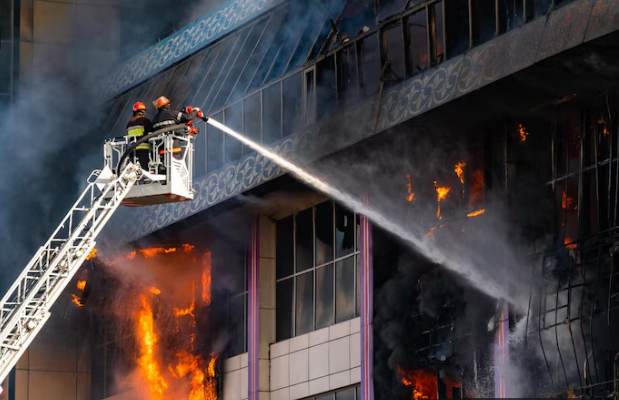Business Interruption Causes

Property Damage Events
Physical damage to business premises represents the most frequent cause of significant business interruptions. Fire incidents lead this category, accounting for approximately 30% of all business interruption claims globally. Even small fires can render facilities unusable due to smoke damage, water damage from firefighting efforts, and subsequent electrical system impairment. Water damage from non-fire sources—including burst pipes, roof leaks, and plumbing failures—ranks second, causing roughly 22% of interruption events. These incidents frequently damage inventory, equipment, and building infrastructure while creating unsafe working conditions that necessitate temporary closure. Structural damage from severe weather events, particularly windstorms and hail, rounds out the top three property-related interruption causes, representing approximately 15% of claims.
Technology and System Failures
Technology disruptions have rapidly emerged as a leading cause of modern business interruptions. Network outages and connectivity failures temporarily halt operations for businesses dependent on internet access, cloud services, or remote systems. Hardware failures affecting critical equipment—from manufacturing machinery to point-of-sale systems—create immediate operational stoppages. Power outages and electrical supply disruptions impact virtually all businesses, with approximately 25% of companies experiencing at least one significant power-related interruption annually. These technology-based interruptions typically cause shorter downtime periods than physical damage events but occur with substantially higher frequency.
Supply Chain Disruptions
External supply chain failures represent an increasingly common interruption source. Supplier production delays or stoppages directly impact dependent businesses through materials shortages and inventory depletion. Transportation and logistics disruptions prevent the timely delivery of essential components or finished products, creating operational bottlenecks. Supplier financial instability or bankruptcy can abruptly terminate critical business relationships without adequate transition time. While individually less common than property or technology events, these supply chain interruptions typically affect multiple business functions simultaneously and often require longer recovery periods.
Human Factors
Human-centered issues cause a significant percentage of business interruptions. Labor disputes and strikes directly halt operations while creating challenging recovery dynamics once resolved. Key employee unavailability—through illness, injury, or departure—creates critical operational gaps in businesses with specialized knowledge requirements or limited staff redundancy. Regulatory compliance issues may force temporary closures until violations are remediated, particularly in heavily regulated industries like food service, healthcare, and manufacturing. These human factor interruptions often prove more unpredictable and challenging to mitigate than physical or system failures.
Emerging Interruption Trends
Recent years have shown several causes of growing interruption. Cyber incidents, including ransomware attacks, data breaches, and system compromise, now trigger approximately 17% of all business interruptions, with this percentage rising annually. Pandemic and public health concerns emerged as a major interruption source following COVID-19, creating a new risk category many businesses now explicitly plan for. Climate-related disruptions beyond traditional weather events—including prolonged drought, air quality issues, and temperature extremes—increasingly impact businesses across multiple sectors.

